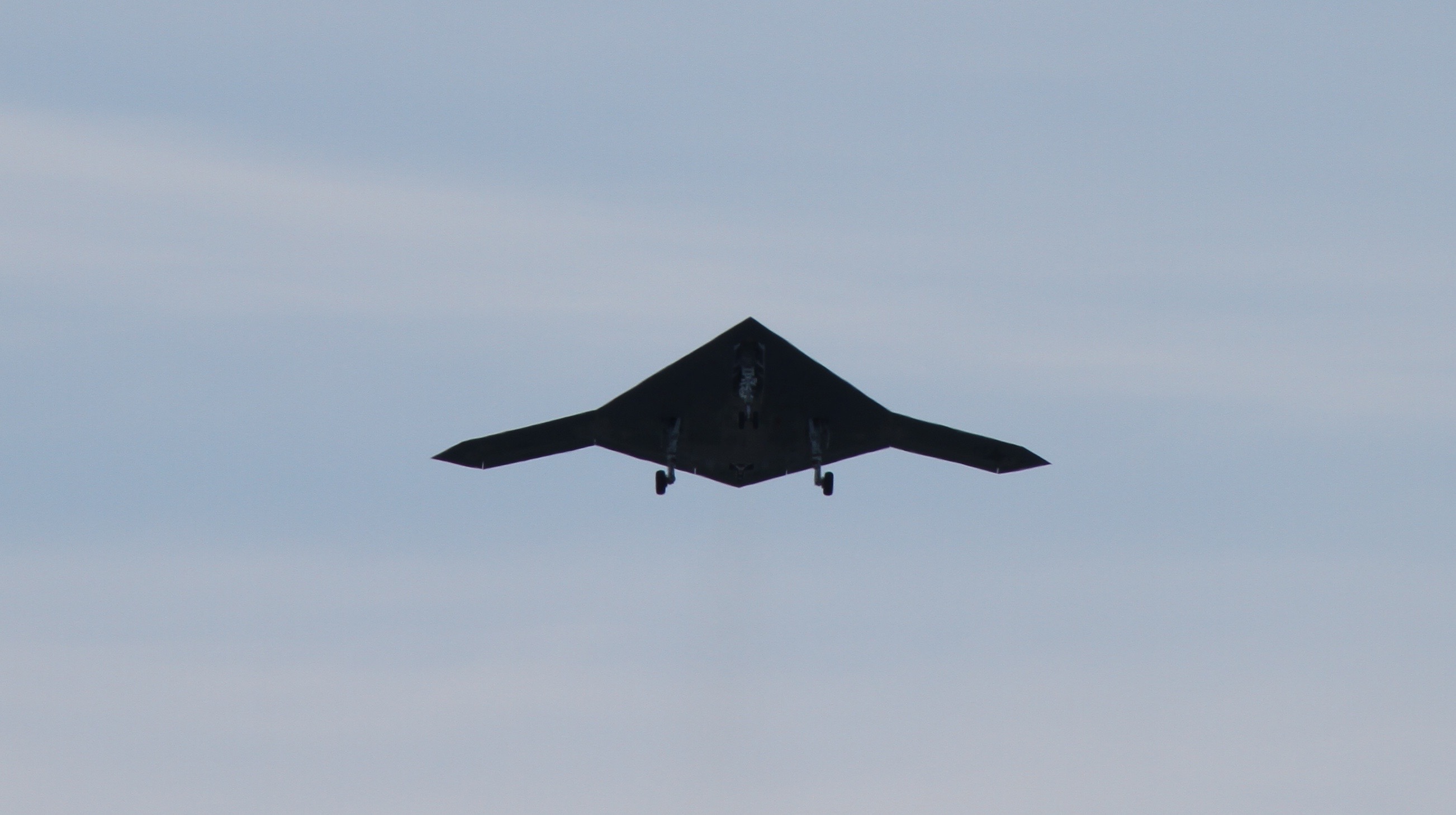
The Senate Armed Services Committee — concerned with the Navy’s direction for its planned unmanned carrier aircraft program — wants the Pentagon to oversee development of two new carrier capable prototype unmanned aerial vehicles (UAV) and restart testing of the service’s two Northrop Grumman X-47B Unmanned Combat Air System Demonstration (UCAS-D) in a combined $725 million effort, according to a summary of the SASC’s markup of the Fiscal Year 2016 defense authorization bill released Thursday evening.
The SASC bill reflects ongoing sentiments from legislators in both the House and Senate that oppose the Navy’s development of the Unmanned Carrier Launched Strike and Surveillance (UCLASS) that would have limited ability to extend the lethal range of U.S. carrier air wings into defended enemy airspace and act primarily as an information, surveillance and reconnaissance (ISR) platform for the carrier strike group.
In a March letter, SASC chairman Sen. John McCain told Secretary of Defense Ash Carter “developing a new carrier-based unmanned aircraft that is primarily an ISR platform and unable to operate effectively in medium- to high –level threat environments would be operationally and strategically misguided.”
According to the summary, “the bill includes $375.0 million for competitive prototyping of at least two follow-on air systems that move toward a UCLASS program capable of long-range strike in a contested environment.”
Measures in the bill would allow the Navy to continue developing its own self-directed version of UCLASS — using $134.7 million in excess development funds obligated in 2015. Development of the UCLASS air-segment has been paused due to an ongoing Pentagon wide UAV strategic program review (SPR, pronounced spear) inside the Office of the Secretary of Defense (OSD) and overseen by Deputy Secretary of Defense Bob Work.
The additional testing and prototyping authority proposed in the SASC bill would give (OSD) more control in shaping UCLASS into a more lethal strike platform in line with the original strategic vision for carrier UAVs, outlined in the 2006 Quadrennial Defense Review, USNI News understands.
The summary said the bill “expresses concern that the Navy’s current requirements for the UCLASS program place disproportionate emphasis on unrefueled endurance to provide organic ISR support to the carrier strike group. The bill recognizes the potential of integrating unmanned combat aircraft in the carrier air wing.”
In parallel to the prototyping effort, the SASC bill gives OSD $350 million “to continue technology maturation and risk reduction with the existing UCAS-D vehicles that will benefit UCLASS and other unmanned aerial systems programs,” read the summary.
That part of the SASC’s bill would restart flights of Salty Dog 501 and Salty Dog 502 — the pair of X-47Bs that successfully proved an UAV could conduct a safe autonomous landing on an aircraft carrier in 2013.

Following a successful autonomous aerial refueling test in April, the two X-47Bs are slated to become museum pieces because the aircraft are not representative of the Navy’s own vision for UCLASS — now officially designated RAQ-25A, according to a May report in Seapower.
“From a X-47 perspective, I don’t see the [UCLASS] tie, necessarily,” Capt. B.V. Duarte, program manager of NAVAIR’s PMA-268 that oversees UCAS-D and the Navy’s planned Unmanned Carrier Launched Surveillance and Strike (UCLASS) programs, told USNI News in April.
“Given the differences between the X-47 and the UCLASS and the amount of money it would take to make it a more useful risk reduction platform, [it would be cost prohibitive].”
Reached Thursday, a spokeswoman for the office of the Assistant Secretary of the Navy’s for Research, Development and Acquisition (RDA) said the service does not comment on pending legislation.
A spokeswoman from Naval Air Systems Command — the arm of the Navy that runs the ongoing developing of UCLASS and oversees the testing of the X-47B — did not immediately respond to a Thursday request for comment from USNI News on the SASC proposal.
In a Thursday statement to USNI News, Rep Randy Forbes (R-Va.) — chairman of the House Armed Services subcommittee on seapower and projection forces and vocal supporter of a stealthy, more heavily armed UCLASS and additional X-47B testing —praised the move from the SASC.
“Both Congressional Armed Services Committees have expressed their strong belief that our Navy needs a long-range, penetrating carrier strike aircraft and that it needs to start developing it now,” Forbes said.
“It is our shared responsibility to maintain a Navy, and that entails promoting the development and fielding of disruptive technologies that will sustain its competitive edge. I am pleased that both the House and Senate are united in this purpose.”
The SASC version of the authorization bill still needs to move through the full Senate and be combined with the final House version in conference and is far from final.
However, there has been little to no expressed legislative opposition to Forbes’ and McCain’s stances on either UCLASS or additional X-47B testing.
Under its current schedule, the Navy plans to field UCLASS by 2022 or 2023.





